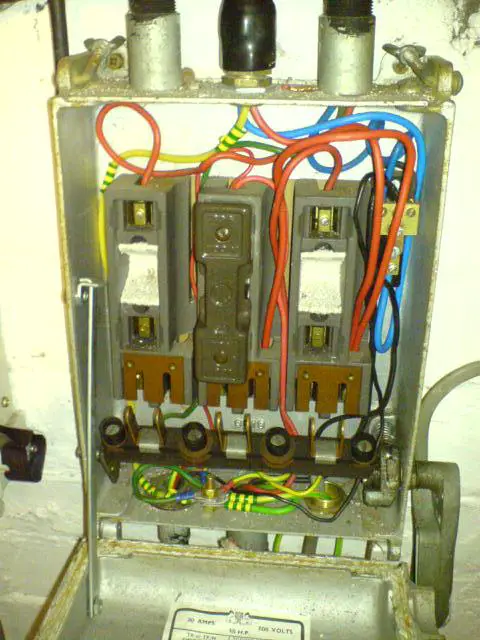We have just discovered here at work (A school) that a 2 classrooms which used to be a woodwork-shop are fed from a believed to be disconnected 3P CU,
This unit has a big key switch in the front (originally to isolate machinery)
opening up the unit there are only a few ways actually in use, for 2 rings and a lighting circuit.
Removing one of the dead carriers (the re-wireable fuse type) there is a "fabric" in the back of the receiver am I right in thinking that this could be asbestos, and how can we tell if it is or not, and thirdly how worried should we be?
I will post pics later on today, mainly because opening up the unit requires turning the power off
This unit has a big key switch in the front (originally to isolate machinery)
opening up the unit there are only a few ways actually in use, for 2 rings and a lighting circuit.
Removing one of the dead carriers (the re-wireable fuse type) there is a "fabric" in the back of the receiver am I right in thinking that this could be asbestos, and how can we tell if it is or not, and thirdly how worried should we be?
I will post pics later on today, mainly because opening up the unit requires turning the power off


